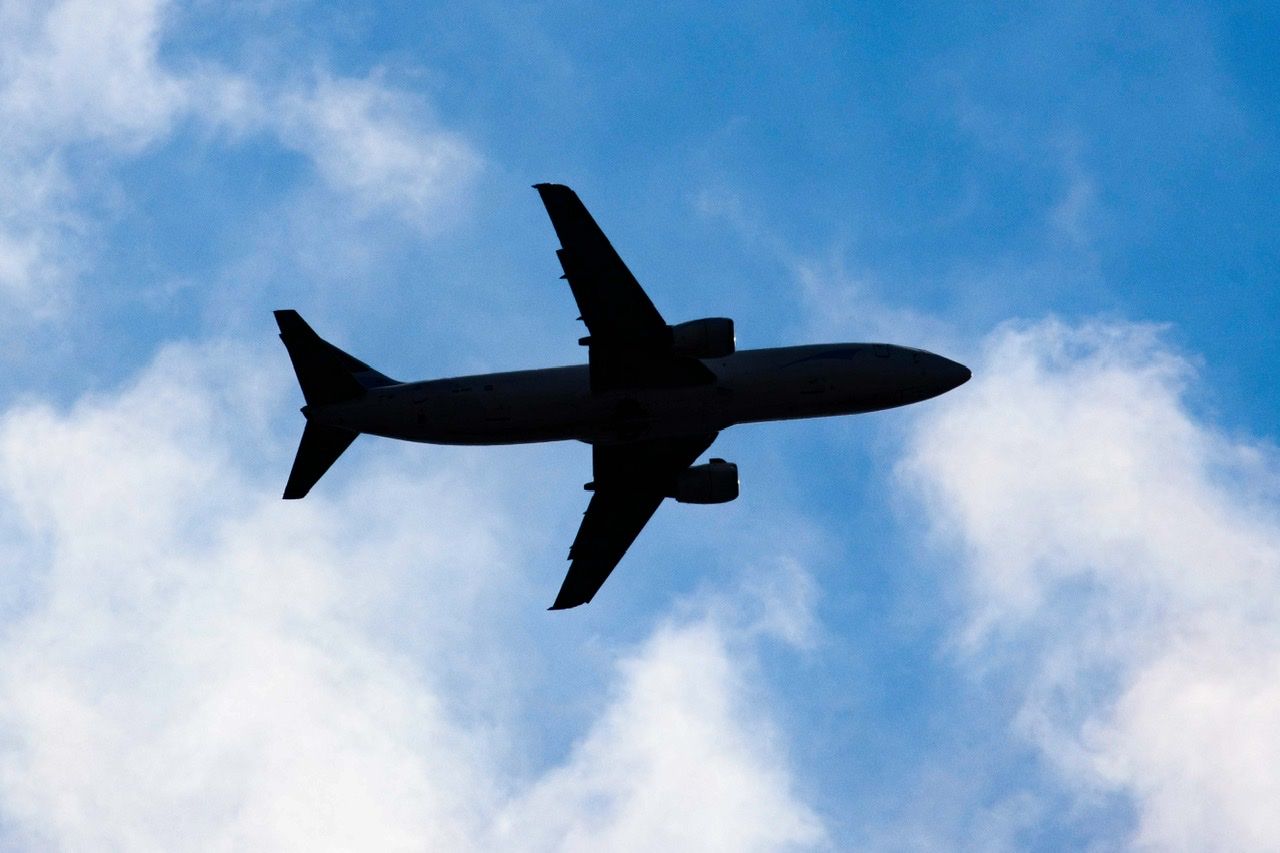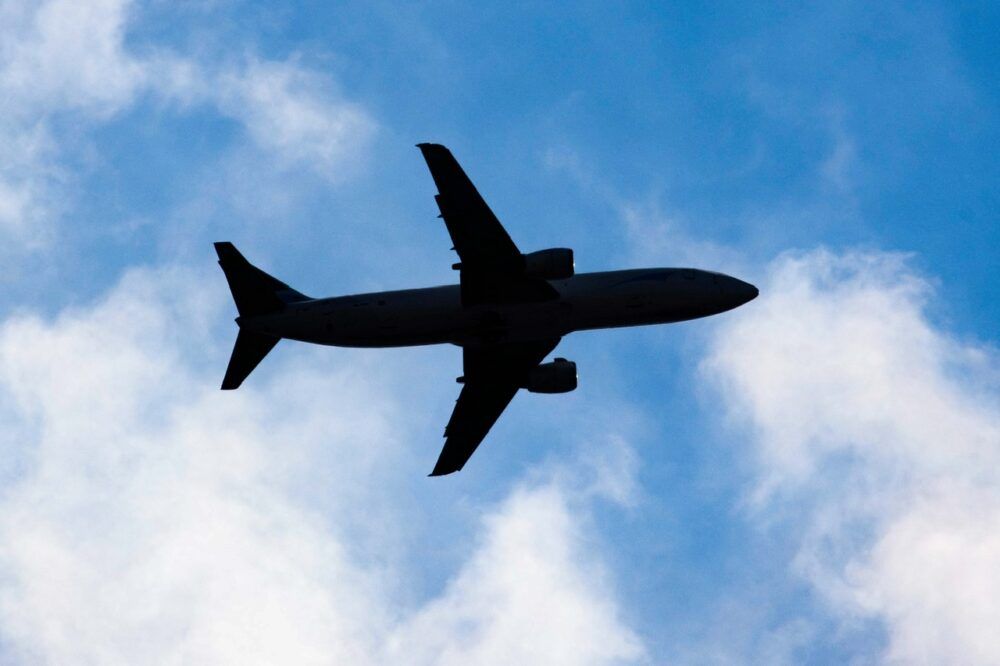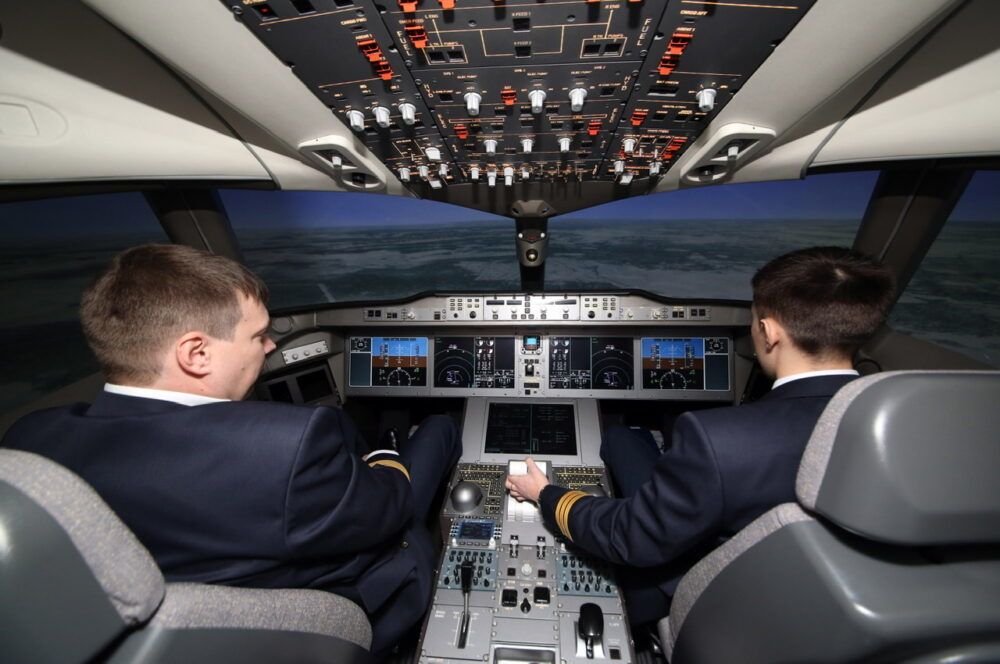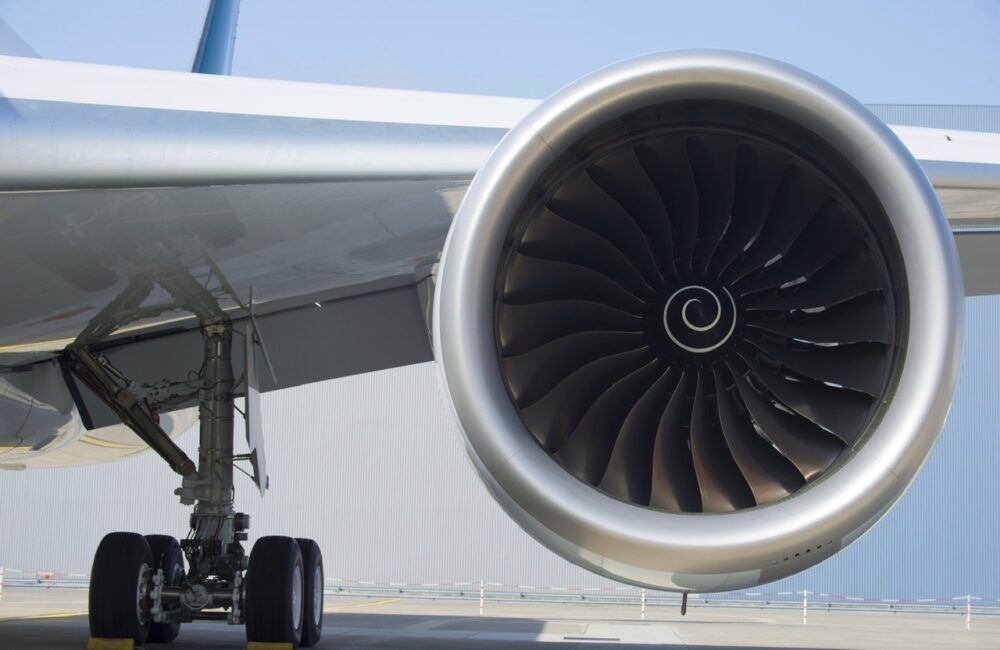Recently, there has been plenty of discussion about engine failures. While this week's stories have involved a single engine on an aircraft, what would happen if all the engines on a passenger jet failed?
Quick responses
All pilots are immediately trained to think Aviate, Navigate, Communicate, in that order.
- Aviate: who’s flying the plane and what systems need immediate attention
- Navigate: in which direction do we need to be going right now!
- Communicate: who do we need to speak to ATC, other aircraft, cabin crew, passengers, and if time, the company.
A mayday call would also be made over the radio. There would also be a request to land
immediately and have emergency services available. The flight deck would then inform the cabin crew that there is a “no time available emergency.”
The captain would proceed to ask the first officer to restore the electrical power as soon as possible. The best way to do this is to start the APU (which is not normally running in flight). This will restore electrics, but also provide bleed-air for an assisted engine re-start. The pilot then would then start a shallow glide to the nearest landing spot.
The plane will maintain airspeed by slowly decreasing in altitude. Glide ratio is an important factor in such an incident. This is the number of feet a glider travels horizontally in still air for every foot of altitude lost. Here, aircraft use gravity along with their wings and flaps to keep going as well as the speed that they were moving at before the engines failed.
For instance, if the aircraft has a lift to drag ratio of 10:1, for every ten miles of flight, it loses one mile of altitude. So, if this plane is 36,000 feet (seven miles) high, it could fly for 70 miles before reaching ground level. Different aircraft have different glide ratios. A Boeing 747- 200 had a glide ratio of 15:1, and a Boeing 727 has a ratio of 17:1. It's also important to note that the figure is subject to factors such as the number of passengers/cargo, along with winds.
Prepared well
Generally, it is extremely rare for all engines to fail while in the air. However, modern aircraft have helpful systems in place to help aviators cover every possibility. Captain Chris, a senior Airbus A350 training captain recently spoke about the processes on the aircraft that he flies.
“We have a procedure for just about every possibility and if there’s no procedure, we useairmanship to find the best, safest solution. The A350 is amazing, in the (unlikely) event of both engines stopping, the aircraft will automatically start the APU (auxiliary power unit), put the aircraft into a descent and begin Wind-milling start attempts on both engines, then once the APU is available, the APU will provide high pressure bleed air to assist engine starts,” Chris told Simple Flying.
"Just like a car going down a hill, if the engine stops, it keeps rolling while you attempt to jump start it. We create the ‘hill' by descending. Most airliners can glide for about 130 miles."
A wind-milling start uses forward airspeed to spin the large front fan-blades spin at a rotational speed sufficient for an engine re-light. However, the speed to achieve this reduces the glide range. By utilizing the APU bleed air for an engine start, allows pilots to select the best lift-drag ration speed to extend the glide range during engine re-start attempts.
Stay informed: Sign up for our daily aviation news digest.
All angles covered
Operators carefully plan their routes, taking into account emergency landings. For example, airlines flying between Europe and the United States generally choose a path that includes several sufficient airports on the way that can be used for an emergency landing.
Notably, in August 2001, an Airbus A330 conducting Air Transat flight 236 between Toronto and Lisbon lost engine power over the Atlantic Ocean. The plane lost one engine 135 miles out from Lajes Air Base in the Azores. The other engine then went out approximately 65 miles away. However, the crew successfully glided to land at Lajes after approximately 20 minutes.
Altogether, there are rules in place to maximize safety standards in case of engine failure. Twin-engine aircraft are restrained in operations and routing by ETOPS (Extended-range Twin-engine Operational Performance Standards) ratings. So, there is a limit to how far they can fly from the nearest airport suitable for an emergency landing.
What are your thoughts about what happens when all of the engines on passenger jet aircraft fail? What do you make of the processes in place if such an event occurs? Let us know what you think of the situation in the comment section.




